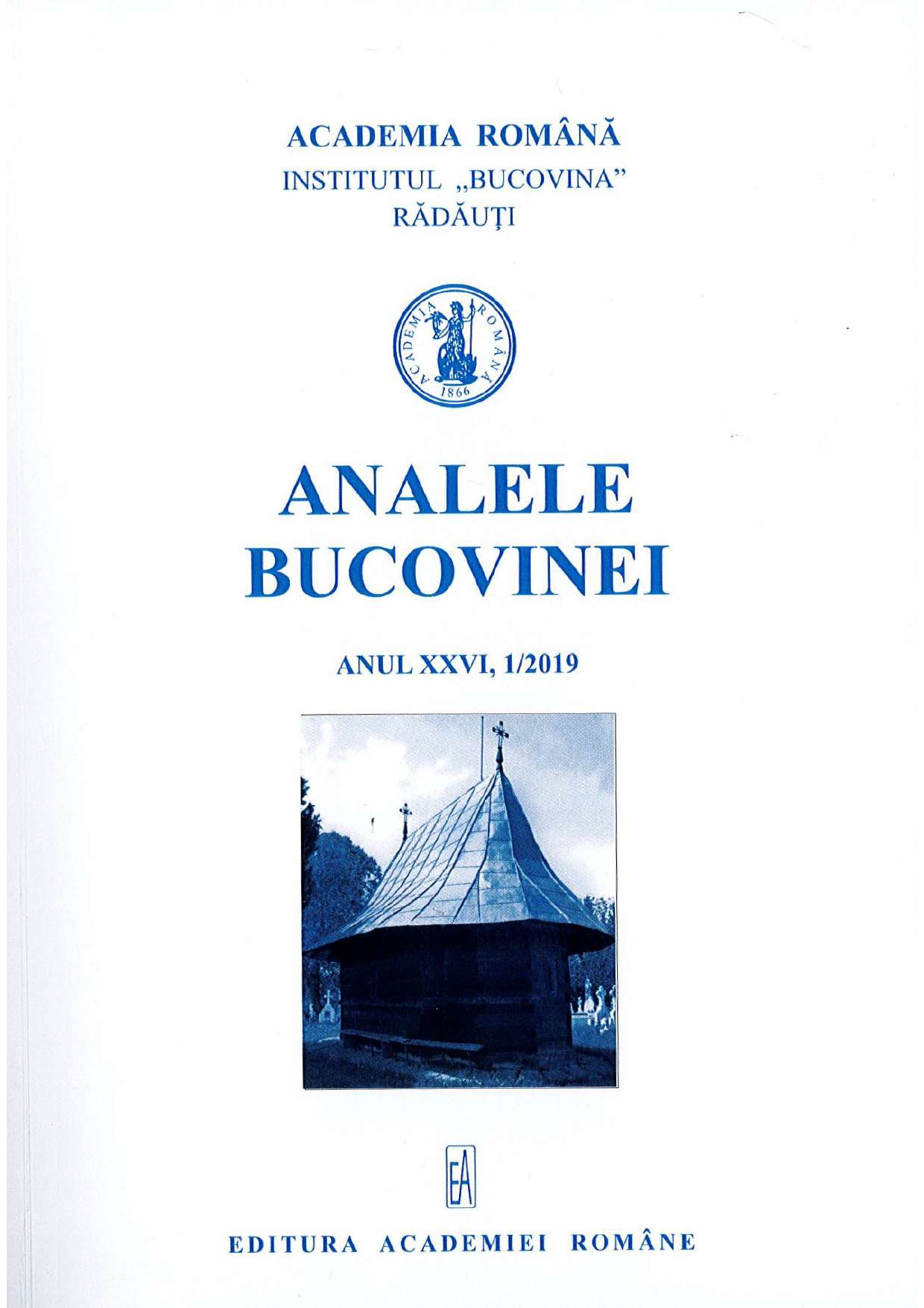CUM SĂ DEVII O „MOAȘĂ ÎMPĂRĂTEASCĂ”?FILE DIN ISTORIA ÎNVĂȚĂMÂNTULUI MEDICAL BUCOVINEAN
How to Become an “Imperial Midwife”? Pages from the History of Bukovinian Medical Education
Author(s): Harieta Mareci Sabol Subject(s): Social history
Published by: Editura Academiei Române
Keywords: midwifery education; Chernivtsi; traditions; medicalization; rules;
Summary/Abstract: The midwifery education in Bukovina is neither a distinct episode of a single story nor a crucial innovation in the imperial province's history. It rather illustrates the way in which, in a highly agrarian region, the Austrian regime introduced new, uniform and modern medical practices. The model of midwives' professionalization was tested in Vienna then implemented throughout the monarchy. Thus, the article tries to capture the main stages of training for Bukovinian midwives in a school dedicated exclusively to this domain. By the middle of the nineteenth century, the midwives' education was formally initiated and regulated by central and provincial political representatives; with regard to the medical knowledge, it was offered by professionals, surgeons and physicians trained in academic centers such as Vienna and Lemberg. At first glance, this initiative would have led to the“medicalization” of a physical process commonly referred to as “natural” or “ordinary” , devaluing (but not suppressing) the activity of traditional midwives. The recruitment conditions of the candidates, the teaching strategies, as well as the restrictions and rules that needed to be followed by the future midwives reflects not only the social and medical imperatives, but also the unifying and modernizing intentions of the authorities. From a historical perspective, the response of the feminine population to the officials' calls for schooling and the statistical data showing the social realities and the mentality of the time are undoubtedly interesting and worthy of note. However, there remains the question that may lead to other socio-historical investigations: which was, ultimately, the benefit of “educated midwives”and how or whether the women of Bucovina took advantage of the medical knowledge acquired by their fellows in the Midwifery School of Chernivtsi.
Journal: ANALELE BUCOVINEI
- Issue Year: 52/2019
- Issue No: 1
- Page Range: 47-62
- Page Count: 16
- Language: Romanian

